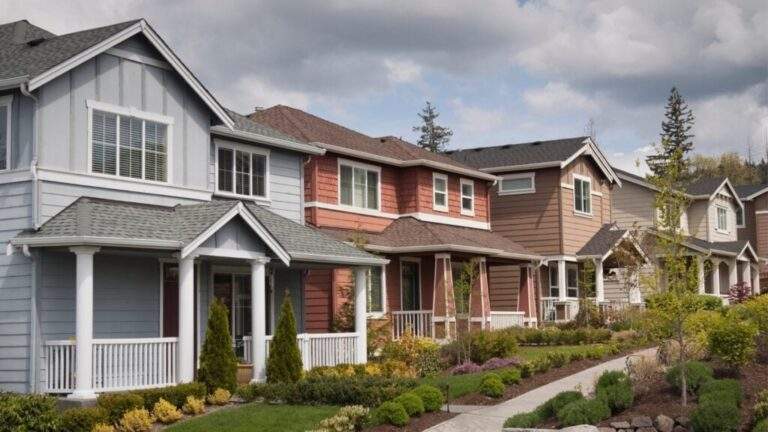Home affordability improved as mortgage rates dipped, bringing the monthly mortgage payment on a typical single-family home with a 20 percent down payment to $2,137 — a 5.5 percent decrease from Q2, though still up 2.4 percent year over year.
Whether it’s refining your business model, mastering new technologies, or discovering strategies to capitalize on the next market surge, Inman Connect New York will prepare you to take bold steps forward. The Next Chapter is about to begin. Be part of it. Join us and thousands of real estate leaders Jan. 22-24, 2025
Nearly 90 percent of U.S. metro areas experienced a rise in single-family home prices in Q3 2024, a slight drop from 89 percent in the previous quarter, the National Association of Realtors (NAR) reported on Thursday.
The median price for single-family existing homes increased by 3.1 percent year over year to $418,700, with the 30-year fixed mortgage rate ranging between 6.08 percent and 6.95 percent.
Lawrence Yun | Chief economist at the National Association of Realtors
“Home prices remain on solid ground as reflected by the vast number of markets experiencing gains,” NAR Chief Economist Lawrence Yun said.
He added, “A typical homeowner accumulated $147,000 in housing wealth in the last five years. Even with the rapid price appreciation over the last few years, the likelihood of a market crash is minimal. Distressed property sales and the number of people defaulting on mortgage payments are both at historic lows.”
According to NAR, 7 percent of metro areas recorded double-digit price gains, down from 13 percent in Q2.
The South led single-family existing-home sales in Q3, representing 45.1 percent of the market with a 0.8 percent annual price increase. Price growth was 7.8 percent in the Northeast, 4.3 percent in the Midwest, and 1.8 percent in the West.
Four of the 10 metros with the highest year-over-year median price gains were in Illinois, with all top 10 metros seeing increases of at least 10.6 percent. Key markets included Racine, Wisconsin (13.7 percent); Youngstown-Warren-Boardman, Ohio-Pennsylvania (13.1 percent); Syracuse, New York (13.0 percent); Peoria, Illinois (12.4 percent); Springfield, Illinois (12.3 percent); Burlington-South Burlington, Vermont (11.7 percent); Shreveport-Bossier City, Louisiana (11.5 percent); Rockford, Illinois (11.1 percent); Decatur, Illinois (10.9 percent); and Norwich-New London, Connecticut (10.6 percent).
Eight of the 10 most expensive U.S. markets were in California, including San Jose-Sunnyvale-Santa Clara ($1,900,000; 2.7 percent) and Anaheim-Santa Ana-Irvine ($1,398,500; 7.2 percent).
Home affordability improved as mortgage rates dipped, bringing the monthly mortgage payment on a typical single-family home with a 20 percent down payment to $2,137 — a 5.5 percent decrease from Q2, though still up 2.4 percent year over year.
Families typically spent 25.2 percent of their income on mortgage payments, down from 26.9 percent in Q2 and 27.1 percent in 2023.
First-time buyers found more affordable options, with the monthly mortgage on a typical starter home dropping to $2,097 with a 10 percent down payment — a 5.5 percent decrease from the previous quarter. First-time buyers spent 38 percent of their income on mortgage payments, down from 40.6 percent in Q2.
To afford a 10 percent down payment, a household needed an income of at least $100,000 in 42.5 percent of markets, down from 48 percent in Q2. Conversely, only 2.2 percent of markets required a qualifying income of less than $50,000, down from 2.7 percent in Q2.
“Housing affordability has been a challenge, but the worst appears to be over,” Yun said. “Rising wages are outpacing home price increases. Despite some short-term swings, mortgage rates are set to stabilize below last year’s levels. More inventory is reaching the market and providing additional options for consumers.”





